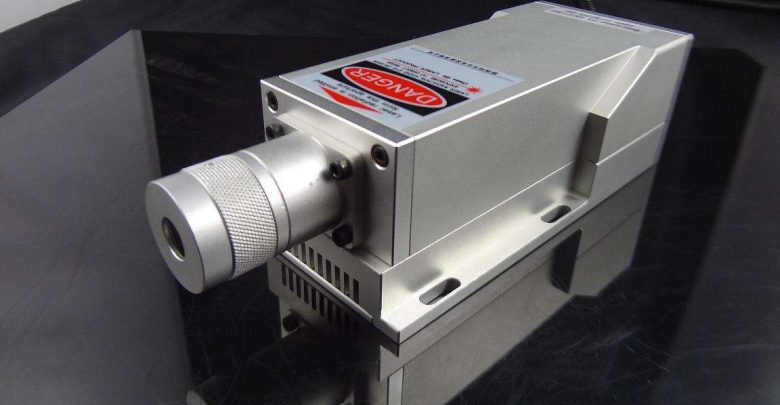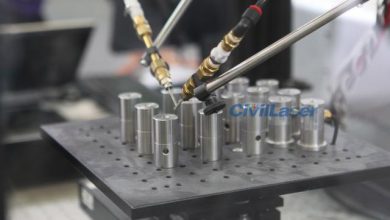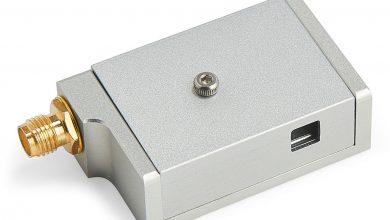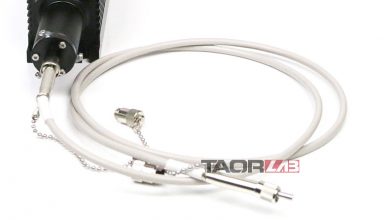Laser Tech
Principles of semiconductor lasers

The rapid development of Optoelectronics is mainly based on the development of quantum mechanics and materials science, especially the development of optoelectronic semiconductors.LED, LD, these magnificent electronic devices are the result of this development, especially in recent years, the development of organic optoelectronic materials, but also greatly promote the progress of optoelectronic materials.
First of all, why do semiconductors emit light?
When the electrons jump down the upper band and enter the valence band, they lose some energy, and these energies become photons emitted , in general,create the light.
The semiconductor laser is in direct bandgap semiconductors composed of PN junction or PIN junction is a miniaturized laser semiconductor laser material. There are dozens of semiconductor materials has been made with GaAs lasers (GaAs), indium arsenide (InAs), gallium nitride (GaN), InSb (InSb), sulfide (CDS), shoe of Pan Fu (CdTe), PbSe (PbSe) (PhTe), and lead, aluminum gallium arsenic (A1xGa, -, As), indium (In-PxAS) phosphorus and arsenic.
There are three main excitation modes for semiconductor lasers, namely, electro injection, light pumping and high energy electron beam excitationMost of the semiconductor laser excitation mode is electric injection, or add to the Pn junction forward voltage to generate stimulated emission in flat area, that is a positive bias of the semiconductor laser diode, so also known as semiconductor laser diode of semiconductor, the electron is in the transition zone of between, rather than transition between discrete energy levels, so the transition energy is not a fixed value, which makes the output wavelength distribution of semiconductor lasers in a wide range. They are issued at the wavelength of 0.3 -34um. The wavelength range is determined by the band gap materials, the most common is AlGaA: double heterostructure laser, the output wavelength is 750 890nm.The world’s first semiconductor laser was invented in 1962, after decades of research, the semiconductor laser has been amazing development, its wavelength from infrared, red to blue and green light, was gradually expanding the scope, the performance parameters have been improved, its production technology has gone through liquid phase epitaxy by diffusion method (LPE), vapor phase epitaxy (VPE), molecular beam epitaxy (MBE), MOCVD (metal organic chemical vapor deposition), chemical beam epitaxy (CBE) and their combination of various other processes. The threshold current by mA lasing hundreds to dozens of mA, until mA the life, by hundreds to tens of thousands of hours, and one million hours from the initial temperature (77K) operation to the continuous work at room temperature, the output power is increased by a few milliwatts to kilowatt (array) which has the advantages of high efficiency, small volume Light weight, simple structure, electrical energy is directly converted to laser energy and power conversion efficiency (has reached more than 10%, the maximum is 50%). The advantages of convenient direct modulation, energy saving, so the application field is expanding. At present, the number of fixed wavelength semiconductor lasers used in laser first of all, some of the most important application of the commonly used other lasers, semiconductor lasers have gradually replaced.
The biggest disadvantage of semiconductor laser: laser performance is affected by temperature, the beam divergence angle is larger (generally a few degrees to 20 degrees), so in the direction, monochromaticity and coherence is poor. But with the rapid development of science and technology, semiconductor laser research in depth direction, the performance of semiconductor laser is on the increase. The current power semiconductor laser can reach a high level, and the beam quality has been greatly improved. The semiconductor optoelectronic technology in semiconductor laser as the core to achieve greater progress in twenty-first Century of the information society, play a greater role.The working principle, development history and application prospect of main semiconductor lasers are briefly introduced


